With Dr Carla van Laar AThR
Feature image credit Carla van Laar
In this article I share about my own personal process of painting from life, and invite you to notice what nurtures you in the environment, and to slow down and make art from this observation.
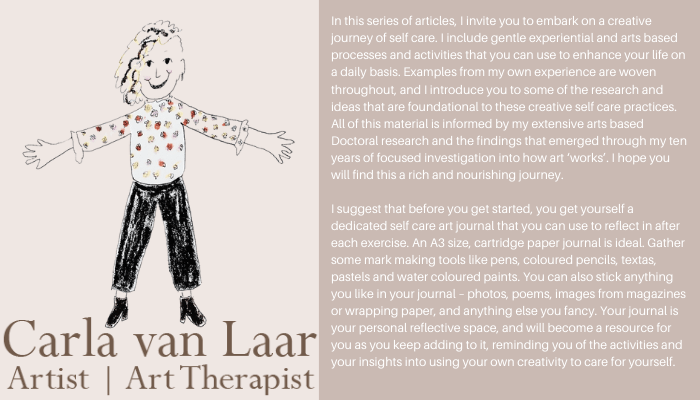
Making art in context – meeting places
The contexts that I paint in have become more and more important to me … My current artworks are all responses to the environment – sometimes in city spaces and sometimes in the country, bush, desert or coast. When I paint in natural landscapes, or focus on the living organic forms of plants and atmosphere in urban settings, I am tuning in to the stories of mother earth. My eyes and my whole body drink in her stories. My hands and my whole body make my visual story in response, connecting me and my environment in the creative life energy of the universe (McNiff 2016).
…

When I showed one series of artworks at the exhibition that I titled, “Meeting Places” in 2014, I wrote a statement that read:
“Art is the place where I connect with myself, converse with my environment, and the place where I meet you”.
My statement was expressing how art itself can be conceived of as a context, a place for meeting and exchange.
My commitment to this practice of painting in context has deepened over time and become a source of wonderment and nourishment. I consider this practice to be a way for me to really “meet” a place, by spending time in it and with it. Creating an image in this slow way is in counter culture to the consumerist orientation of “doing” a place on a holiday, as in “We did Paris, Rome and London”, and collecting trophy snapshots as evidence. Meeting places in this way reflects my valuing of being present, connected and in relationship with my context. (van Laar 2020)
The Process
Take three deep breaths and focus your attention in the here and now.
I would like to invite you to take a moment to look around your immediate environment with your eyes.
Notice what your eyes are drawn to. Remember that seeing is an active as well as receptive endeavour. Your eye movements are controlled by tiny muscles and you control the direction of your gaze by moving these muscles. You choose where to look and what to see. Seeing is also receptive. We receive information from the outside world through our eyes along with our other senses.
As we explored in the “See a Rainbow” exercise, what we see can have different effects on us.
I would like to invite you now to place your attention into your eyes as you look around your immediate environment, and to “Notice what Nurtures”. Let your eyes rest on something that you find beautiful, nourishing, nurturing or interesting. Let your eyes find something they would like to spend some more time with, gazing at, and getting to know in a visual sense. You might even feel something calling to you, as though it wants your attention or has something to tell you.
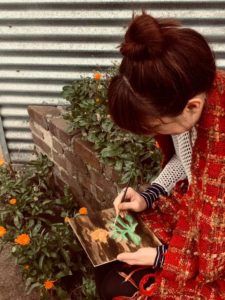
Now, use your art journal and what ever materials you feel drawn to today, and spend some time making an art work from observation of this thing you have decided to look at. Take your time. Allow yourself the space to really settle in and get to know this thing intimately.
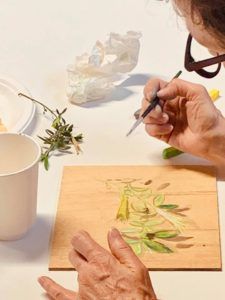
Notice the shape, the contours, any nuances that make this thing unique and real. Notice where there is weight and fullness. Notice where there is lightness and movement. Notice where the light source is coming from, and where the light touches your subject. Notice where the shadows make your special thing darker. Notice where there is overlap, and contact.
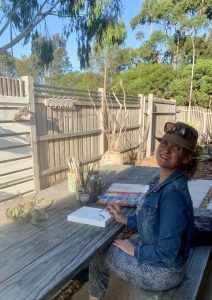
Pay attention to all these details and describe what you see with your mark making in your journal. Your artwork is a form of visual description, a way of conveying your relationship with this special, nurturing thing that you have chosen to spend some time with today.

Questions for Reflective Journalling
What did you choose to spend time with by making art?
Can you describe the process of sitting with this special thing and paying it careful attention?
What did you learn about the special thing you chose?
What did you learn about yourself by doing this process?
…
References
van Laar, C. Seeing Her Stories. Carlavanlaar.com, Brunswick, Australia.
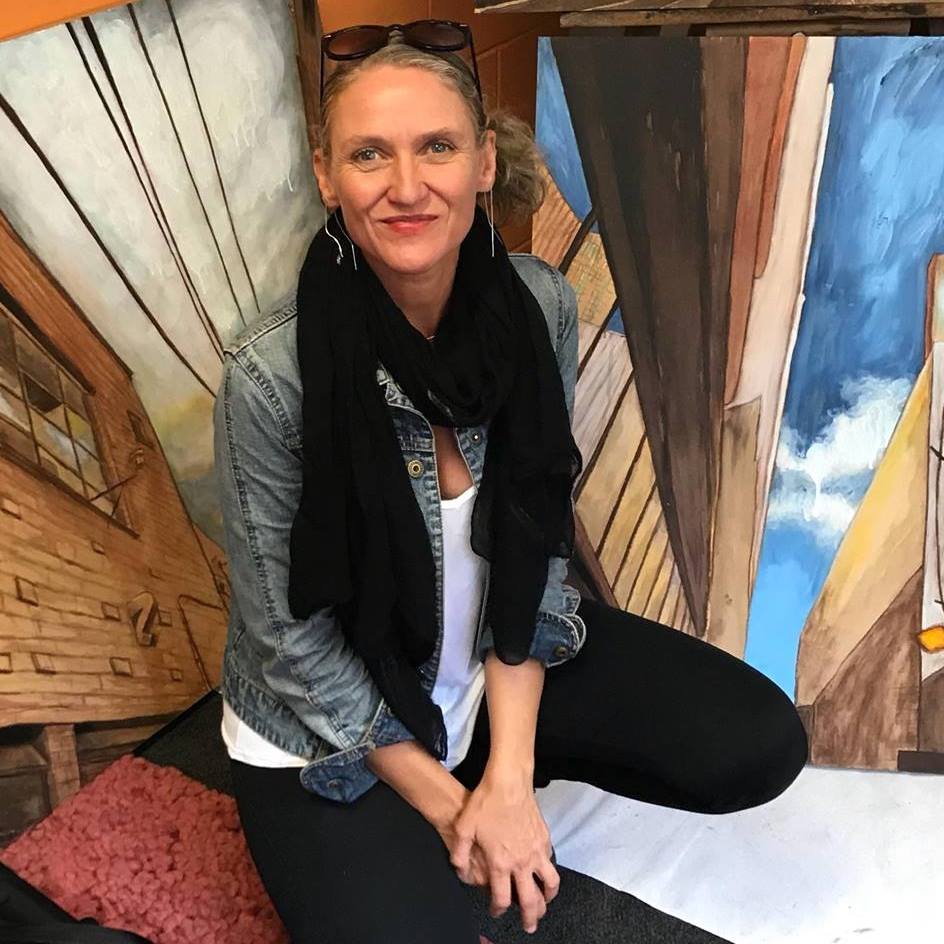
Dr Carla van Laar
Artist | Art Therapist
Master of Creative Arts Therapy
Doctor of Therapeutic Arts Practice
PACFA Reg. Clinical and Accredited Supervisor – PACFA
Carla van Laar is a painter and therapeutic arts practitioner from Australia. Born in Brisbane, Carla is first generation Australian on her Dutch grandparents side, and 7th generation through her maternal bloodline who were mostly English and came to Australia in the early colonisation of the 1800s. Carla currently lives and works in Victoria, residing between Wurrundjeri country in Melbourne, and Boon Wurrung country in Inverloch, paying deep respects to the First Peoples of the Kulin Nations whose land was never ceded and will always be Aboriginal land. Identifying as a cisgender woman, Carla is passionately disinterested in socially constructed identities that disempower anyone. Carla has over 25 years’ experience working with people and the arts for health and well-being in community organisations, justice, health and education contexts.
Carla’s first book “Bereaved Mother’s Heart” was published in 2007 and broke social taboos about maternal grief. From 2008-18 she established and ran an independent art therapy studio and gallery in Melbourne. Her Doctoral research “Seeing Her Stories” continues the mission to make women’s stories visible, through art.
Carla has lectured and supervised Art Therapy students at RMIT, MIECAT and currently the IKON Institute. She is a practicing artist and in 2018 received an Artist Fellowship at RMIT’s creative research lab, “Creative Agency”. She insists on being part of a creative revolution in which art re-embodies lived experience, brings us to our senses, makes us aware of the interconnectedness of all life and is an agent of social change.
Carla’s new book “Seeing her stories” presents her research into making unseen stories visible through art, and is available to read for free online here or purchase a hard copy of the full colour hard cover coffee table book here.
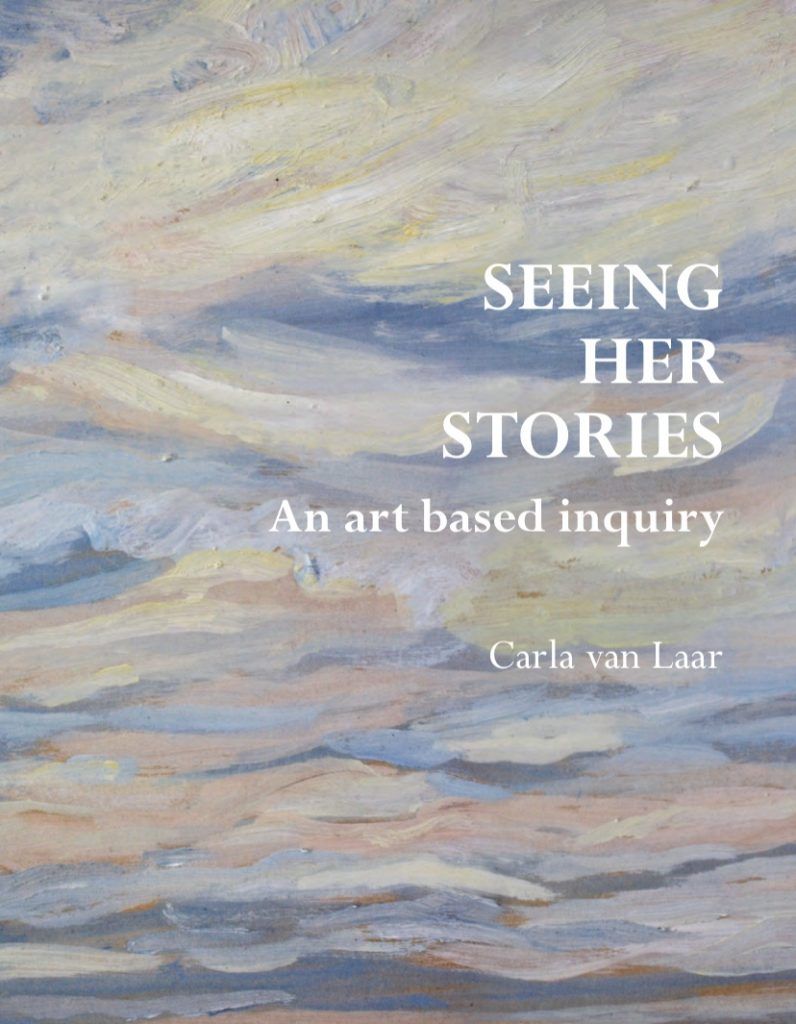


Leave a Reply